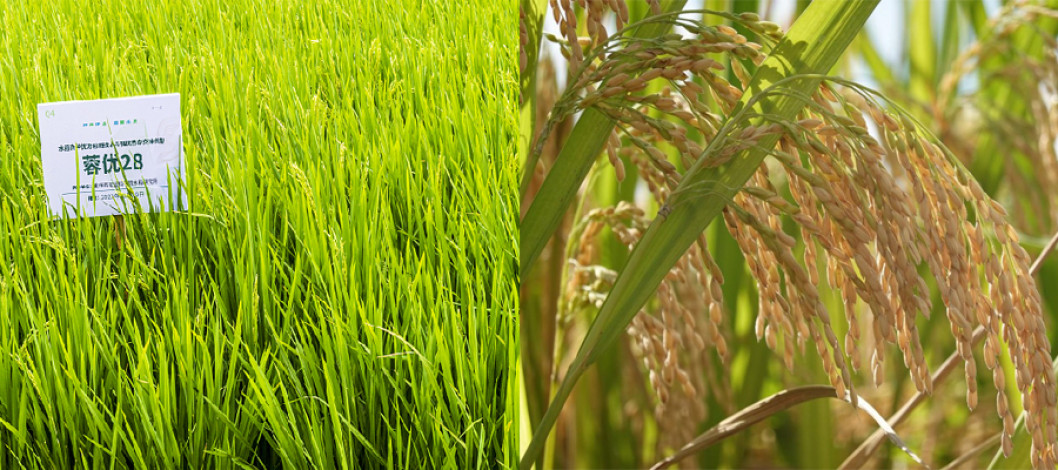
File photo
A type of drought-tolerant rice developed in China is increasing food production in African countries and reducing methane emissions, which are linked to global warming.
China has been working for decades to increase food self-sufficiency in Africa, with the introduction of water-conserving and drought-resistant rice strains to countries including Burundi and Kenya just a decade ago.
Newly developed rice varieties have not only boosted rice yields in some of the planet's most hunger-prone regions but also reduced farming's carbon footprint and fertilizer demand as global temperatures rise, an expert says.
Research on drought-tolerant rice dates back more than two decades in China, with Chinese scientists crossbreeding hybrid rice varieties widely planted in the country with those known to thrive on dry lands to get the drought-defying properties, said Liu Zaochang, a researcher with the Shanghai Agrobiological Gene Center who was involved in the variety’s promotion in Africa.
Liu said it could rival hybrid rice in yield and prosper in suboptimal fields. It saves labor because farmers can bypass the lengthy process of nurturing rice seedlings and directly plant rice seeds in the fields, and the demand for fertilizers is just one-third of its conventional counterparts.
“Data has shown that the variety has curbed water use by more than 40 percent, and reduced methane emission by at least 70 percent,” he said on Tuesday at a media event in Beijing organized by the Bill & Melinda Gates Foundation.
Liu said methane is 25 times as potent as carbon dioxide in terms of its global warming effect, and more than 20 percent of the world’s methane emissions come from rice production.
He said drought-resistant rice varieties are a “sustainable option” in meeting the climate change challenge.
He said that the drought-tolerant variety has helped African countries curb their reliance on rice imports.
Liu said cassava and corn previously played a dominant role in African diets, but rice consumption has been rising along with living standards. However, increased demand for rice has led to greater reliance on food imports, creating financial burdens and making African countries more susceptible to supply chain woes.
“Drought-tolerant rice varieties have great potential and can help achieve food self-sufficiency in Africa,” Liu said.
Home to large swathes of untapped arable land, Africa is the key destination for China’s agricultural assistance projects.
Zhu Qinghua, deputy director of the foundation’s China office, said on Tuesday that more than 60 percent of the world’s undeveloped fields are in Africa. Still, a shortfall in farming-related investment and other hurdles meant the continent struggled to feed its 1.5 billion people.
The situation is set to worsen given rising global temperatures, which could increase the chance of crop disease and pest plagues and reduce crop yields, he said.
Zhu called for increased investment in agricultural research, saying it was critical for climate change adaptation and mitigation.
“Vulnerable farming communities cannot adapt, and global climate goals cannot be achieved, without significant science-based advances in food systems,” he said.
Source: Online/GFMM
Comment Now